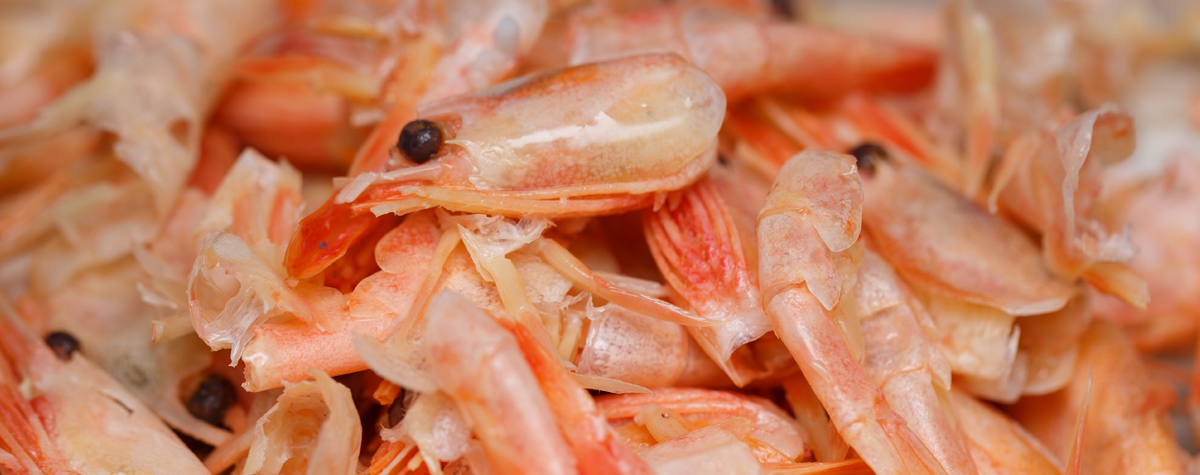Background information
Chitosan is a polysaccharide used in a broad variety of applications – bio pesticides, growth promoters (effects of cell chemistry and microbiology), seed treatments, fining agents, bandages/wound treatments, paint coatings, antibacterial agents, weight loss products (questionable function), bioprinting, etc.Chitosan is produced commercially by deacetylation of chitin derived from primarily seafood exoskeletons but also from insects and cell walls of fungi. As a result, Chitosan is one of the most abundantly available natural materials for the applications mentioned above.
Wine industry application
Chitosan is one of the hot research topics of the moment – more than 100 wine industry related papers have been published on the subject over the past decade.Here are some examples of why there is such interest in chitosan application in both the vineyard and winery.
A study from Italy on the red cultivar Groppello Gentile…
Food Chemistry:2014:162-1 p192-205:Vitalini S 2014:The application of chitosan and benzothiadiazole in vineyard (Vitis vinifera L. cv Groppello Gentile) changes the aromatic profile and sensory attributes of wine
Key findings: Chitosan significantly raised the levels of total acetals and alcohols in red wine. Overall acceptance was significantly higher in chitosan wine than in Benzothiadiazole wine. Chitosan improved aroma traits of wine.
A combined effort from Spain, Italy and Chile…
JAFC:2017:65-34 p7379-7386:Garde Cerdan T 2017:Chitosan and Laminarin as Alternatives to Copper for Plasmopara viticola Control- Effect on Grape Amino Acid
Key findings: Chitosan used in combination with copper improved control over downy mildew and reduced the negative effects of copper on berry composition, ie. the reduction of amino acids.
The following study from France and USA looked at chitosan’s antimicrobial activity applied to wine treatment…
JISVV:2016:50-1:Petrova B 2016:Effectiveness of chitosan preparations against Brettanomyces bruxellensis grown in culture media and red wines
Key findings: Differences in microbial control were identified between chitosan sources – fungal, crab shell, lactate forms; fungal chitosan significantly reduced colony development of B. bruxellensis although the effects were temporary as control was not complete and the population increased over time.
Recent studies indicate an integrated approach is required
A study from Spain…Food Research International:2017:99-1 p688-692:Gutierrez Gamboa G 2017:Effects on grape amino acid concentration through foliar application of three different elicitors
Key findings: Chitosan reduced amino acids; Methyl jasmonate increased specific amino acids.
And a follow-up study from the Spanish team on Tempranillo aroma compounds…
Scientia Horticulturae:2019:244 p257-262:Gutierrez Gamboa G 2019:Changes on grape volatile composition through elicitation with methyl jasmonate, chitosan, and a yeast extract in Tempranillo (Vitis vinifera L.) grapevines
Key findings: Methyl jasmonate and chitosan showed the lowest total amounts of terpenoids, C13 norisoprenoids, benzenoids, and esters, together with the highest levels of C6 compounds.
And another study from France and Spain looking at the effects on Monastrell grapes and wine…
JAFC:2018:66-42 p11151-11157:Apolinar Valiente R:Preharvest Application of Elicitors to Monastrell Grapes - Impact on Wine Polysaccharide and Oligosaccharide Composition
Key findings: Application of both fungi and seafood derived chitosan reduced poly and oligosaccharides, potentially due to the berry skin protective effects leading to lower skin cell degradation during winemaking.
So, if you are a vineyard manager thinking of trialling chitosan as a replacement for copper or for integration into your general fungicide program, have a chat with the winemaker first.
James Wright is an international viticulture and management consultant and author of www.vitisynth.com and the newsletter VitiSynthesis.













.png)






